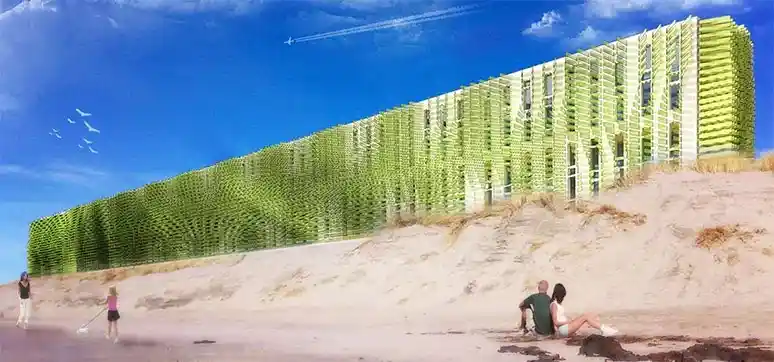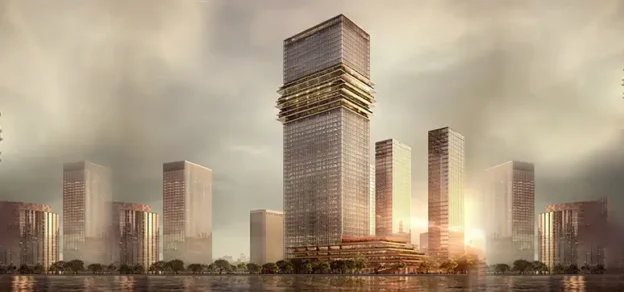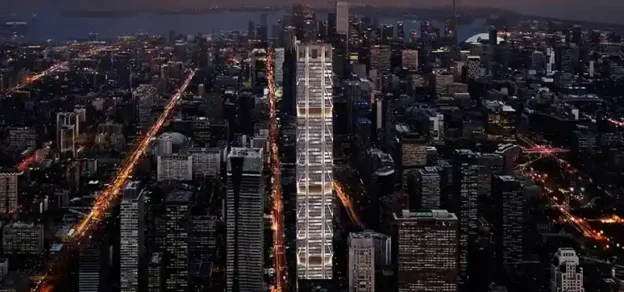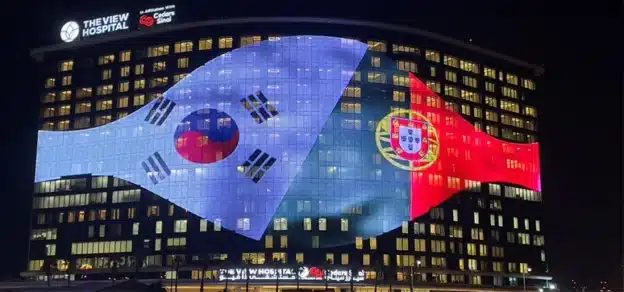Introduction
Over the years, with rising awareness about the depletion of conventional resources, there has been an increased focus on renewable means of energy and wind energy has captured the interest of energy enthusiasts all over the world. In India, the development of wind power began only in the 1990s and has significantly increased in the last few years. Although a relative newcomer to the wind industry compared with Denmark or the United States, India has the fifth largest installed wind power capacity in the world and accounts for almost 8.5% of the total installed power capacity in India.
However, wind harvesting systems are usually huge in size and incur heavy expenses. Due to the large size of the equipment and little or no subsidy from the government side, citizens show little interest in wind energy because of the remote location of wind farms and their reputation to be unsuitable for habitation and recreation. In recent years scant progress has been made to address this issue in order to create cheaper, eye-catching and more efficient wind energy systems.

A similar situation echoes elsewhere in other parts of the world as well. Vexed by such insufficiency in architecture, Murtada Alkaabi, Designer at Dutch Office 2CR8, based out of Rotterdam, designed a functional façade that will trap wind energy for power generation and at the same time shall be aesthetically pleasing.
In the quest to find out innovations from around the world in the field of façade engineering, WFM brings to you the concept detail right from the desk of Mr Murtada Alkaabi.
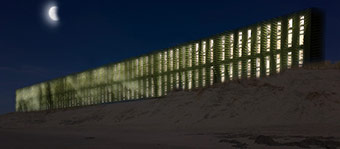
The Concept
The philosophy behind this project is that architecture should not only focus on designing buildings but also focus on combining sustainable energy and habitability, in order to create a sustainable way of living. This is exactly what this project aims to achieve: to let people experience the benefits of wind energy in a sustainable living environment by combining habitability by means of architecture and a new wind energy system.
The Façade
The innovation lies in the fact that in contrast to the bulky windmills that are used universally to harvest wind energy, here the surface area of the façade is engineered in a way that traps the huge potential of wind to produce electricity.
The special façade elements, mounted perpendicular to the surface of the façade are made of sustainable/recyclable plastic which is highly flexible. The size of each mounted element is only big enough to allow its free movement. More movement allows more compression that in turn creates more pressure or force which is converted to electric charge by means of the principle of Piezoelectricity.
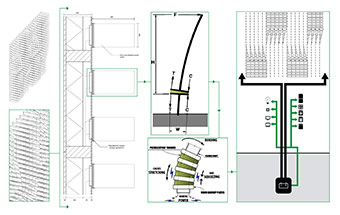
PIEZOELECTRICITY:
Piezoelectricity is the electric charge that accumulates in certain solid substances (such as crystals and certain ceramics) in response to applied mechanical stress. A piezoelectric sensor is then used to detect and measure the changes in pressure, acceleration and applied force. Thus the device then converts the wind energy to mechanical which is finally converted to electrical energy
All generated wind energy will go through a connector between the inverter and the mains to the power grid. The power that is not consumed is returned to the power grid. This creates a sustainable loop between the user and the supplier. In this way, the generated wind energy is never lost. The excessive energy is stored in the batteries and the user just has to plug in. This way one can save money on electricity bills with the help of these special facade panels and not feel the pinch when it’s not windy
The Design
The speciality of this façade is that the electricity-generating, wind-harvesting panels are demountable, making the building flexible in terms of use and appearance.
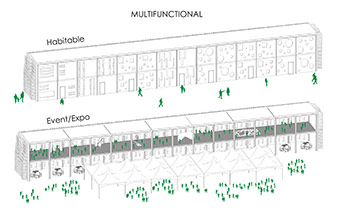
Another benefit of this adaptable and generic structure is the fact that the design maintains the individual identity and character of the occupant, who together with the architect may choose and create a design for its entire interior and exterior. The user can choose from a wide collection of materials and panel systems, which are finally delivered as prefabricated panels integrated with the electricity-generating elements. These panels are easy to connect and remove from the structure. Because of these demountable panels, the building becomes multifunctional. The architect gets the freedom to design and conceptualise the building in any way he desires.
Other Features
The design also incorporates various other sustainability features like a green roof which functions as a natural means of insulation and rainwater harvesting.
The Future
The proposal tries to bring design and engineering in a seamless unity for a greater audience. Through research and calculations, we see that this design is adaptable to new as well as existing buildings and at the same time, it is not location-specific. But still, there is a need for more detailed calculations. A prototype is being built currently and once it is ready, more accurate data can be generated to be relied on while creating more such engineering marvels.
Once applied, this new wind energy concept shall differentiate itself from all other current building concepts, thus having the potential to become a tourist attraction and a landmark in itself.
Project Credits
Name project: Ammophila-habitable wind farms
Name architect: Murtada Alkaabi
Designer at Dutch Office 2CR8 | TO CREATE based in Rotterdam
www.2CR8.nl
